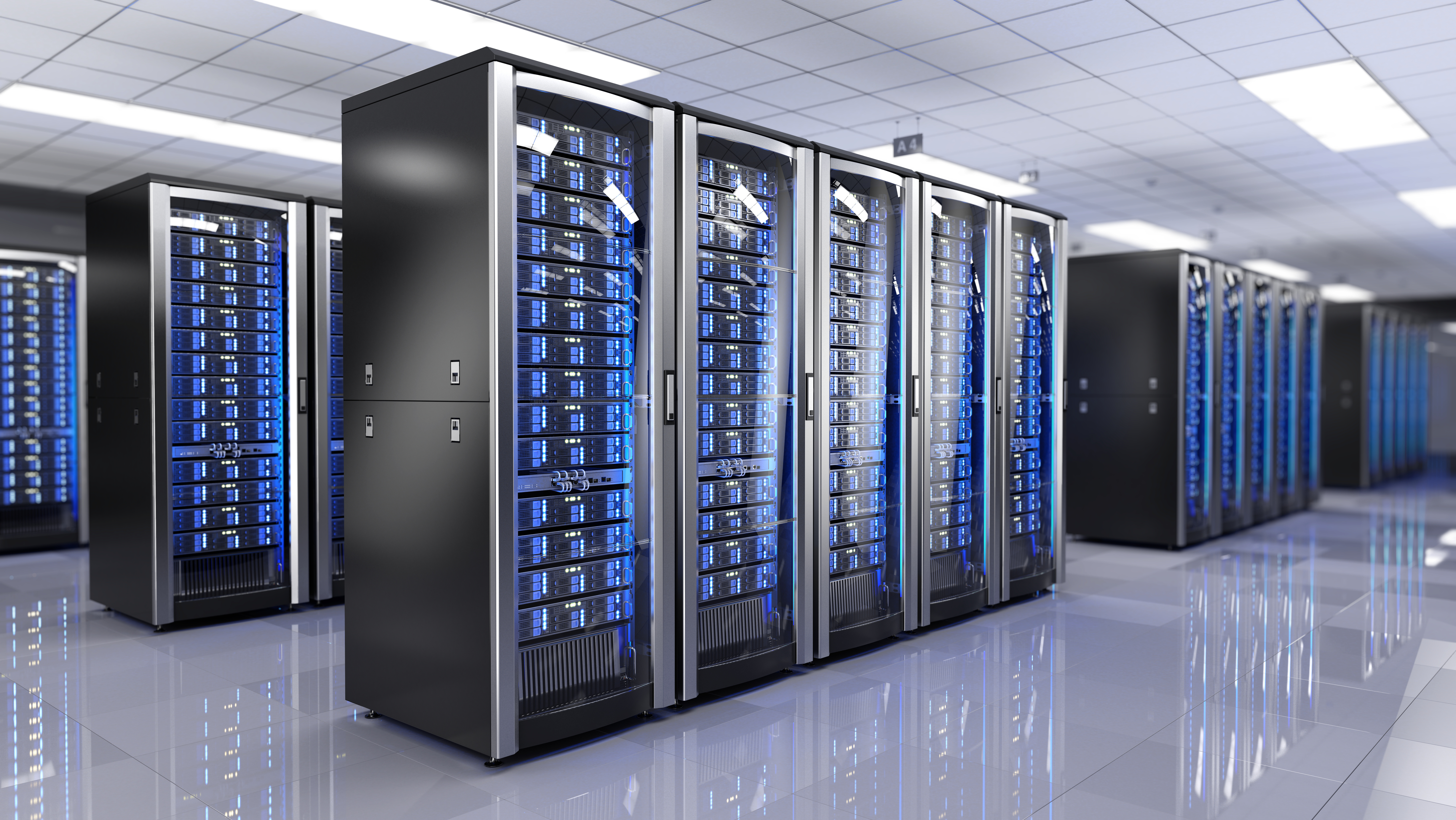Over the past few years, companies like Amazon Web Services (AWS) have rolled out AWS Local Zones, bringing cloud capabilities closer to end-users. Simultaneously, Microsoft has expanded its Azure Edge Zones, offering faster access to cloud services for real-time applications. Google Cloud is also making strides with its Global Mobile Edge Cloud, primarily designed to support 5G and IoT devices.
Edge data centers bring computing power closer to where it’s needed, enhancing speed, efficiency, and decision-making. By 2026, the global edge IT infrastructure and data center market is expected to reach $317 billion, doubling from a $153 billion valuation in 2020, according to real estate firm JLL.
Edge data centers are compact facilities that process information as close to the user as possible. Traditional data centers are often located in remote areas, far from the urban centers where data demand is highest. This distance can create latency—the time delay between sending a request and receiving a response. For most of us, any delay is frustrating. For businesses and industries relying on real-time data, it’s unacceptable.
As businesses adopt more resource-heavy technologies like AI, IoT, and real-time analytics, many realize their current data center infrastructure simply can’t keep up. That’s where edge computing steps in. By processing data closer to its source, edge computing eases the load on traditional data centers, reducing the need for massive amounts of data to travel back and forth to the cloud.
This approach leads to faster insights and less strain on the network. Companies can also filter and compress data at the edge, sending only what’s necessary to the cloud. This minimizes bandwidth usage and cuts costs—an essential strategy for industries that rely on real-time decisions, like autonomous vehicles or industrial operations.
The major advantage of edge data centers is speed. The closer data is processed to its source, the faster the response time. For applications like real-time gaming, remote surgery, or self-driving cars, even a few milliseconds of delay can be too long. Edge data centers eliminate these delays by processing data locally rather than relying on distant, centralized data centers.
But it’s not just about speed. Edge data centers are also more efficient. Smaller and tailored to specific local needs, they use less energy than larger, traditional data centers. Their localized footprint means they can be integrated into existing urban spaces, reducing the need for sprawling infrastructure. As a result, they are more cost-effective and adaptable to modern demands.
A JLL survey of data center professionals highlights that low latency and high bandwidth (41%) are critical drivers for edge deployments, with data security close behind (38.3%). Consumers and businesses are increasingly seeking better performance, and edge centers are well-positioned to meet this demand.
Although the global market for edge data centers is poised for massive growth, the pace of adoption will vary across sectors. Industries like telecommunications, autonomous vehicles, and healthcare will likely be the first to embrace edge computing, given their need for real-time data processing and minimal latency. For these sectors, edge data centers are a game-changer, offering the speed and responsiveness critical to their operations.
Meanwhile, sectors with less immediate demand for real-time data, such as traditional manufacturing or retail, may take a more measured approach. This is understandable—why rush to adopt when the impact of edge computing might not be as immediate or transformative? However, as the need for speed and localized data processing continues to grow, most industries will eventually make the shift. It's not a question of if, but when.
.png?width=1816&height=566&name=brandmark-design%20(83).png)



